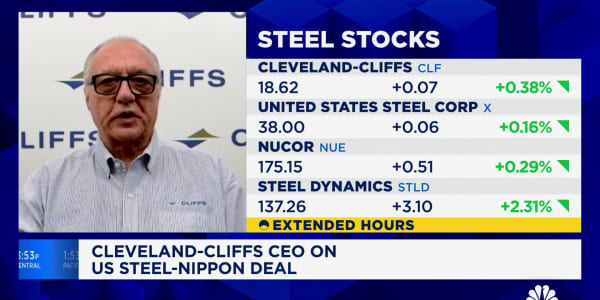Thomas Piketty's new book has inspired an economic debate the likes of which hasn't been seen in at least four years.
His "Capital in the Twenty-First Century" has proven fodder for Keynesian economists such as Paul Krugman while riling supply-sliders who believe that Piketty's prescription of massive tax increases for the wealthy to cure economic inequality is a sure-fire way to kill growth. It's the most polarizing economic treatise since at least 2009's "This Time is Different," from Kenneth Rogoff and Carmen Reinhardt—a book that examined how high levels of public debt inhibit growth.
Trouble is, at 696 pages it's also one of those books that a lot of people will talk about but far fewer will have actually read.
Not to worry.
The Economist has this handy four-paragraph guide that basically tells you everything you need to know—or at least most of it, for cocktail party purposes—about a book that is currently ranked No. 2 on the Amazon best-seller list. One sample:
Mr. Piketty derives a grand theory of capital and inequality. As a general rule wealth grows faster than economic output, he explains, a concept he captures in the expression r > g (where r is the rate of return to wealth and g is the economic growth rate). Other things being equal, faster economic growth will diminish the importance of wealth in a society, whereas slower growth will increase it (and demographic change that slows global growth will make capital more dominant).
For the full, brief rundown, click here.





